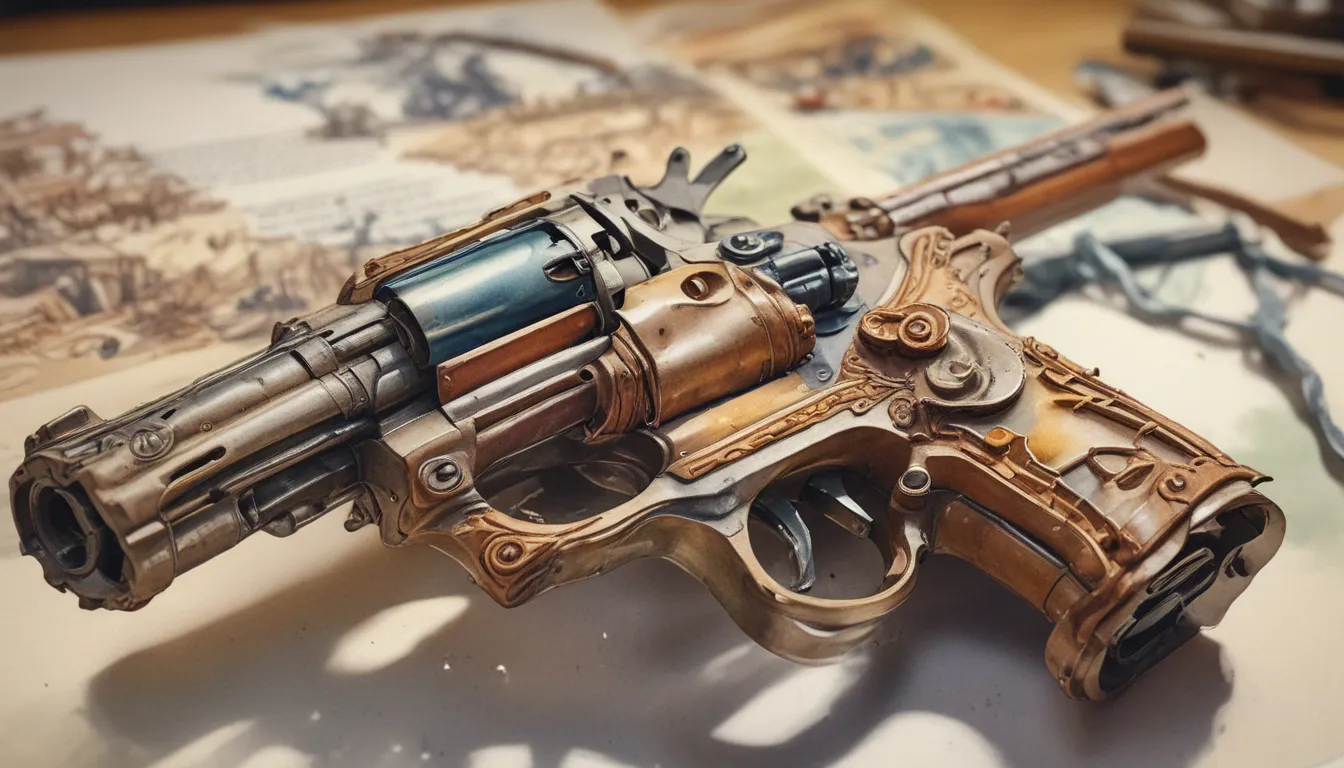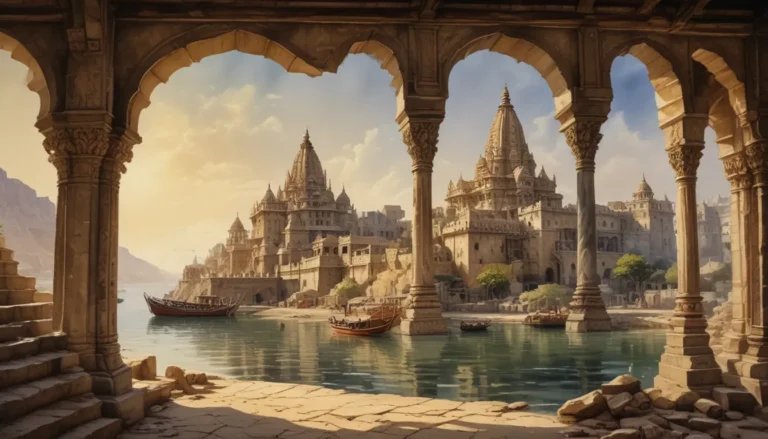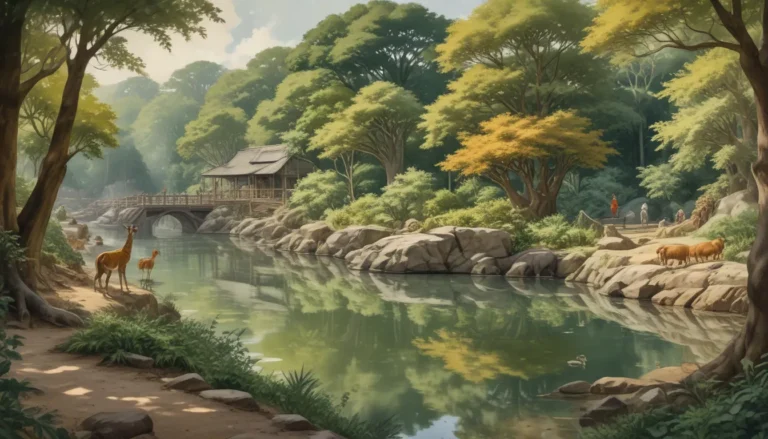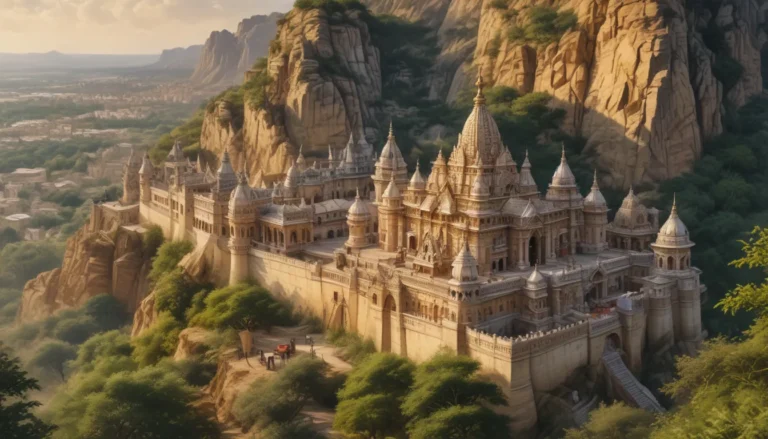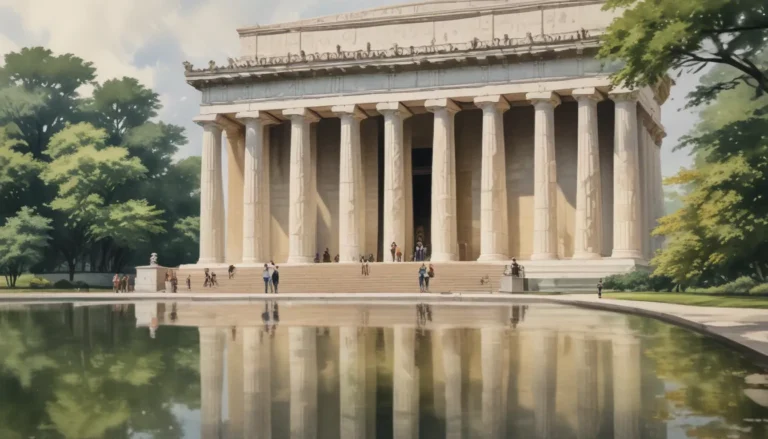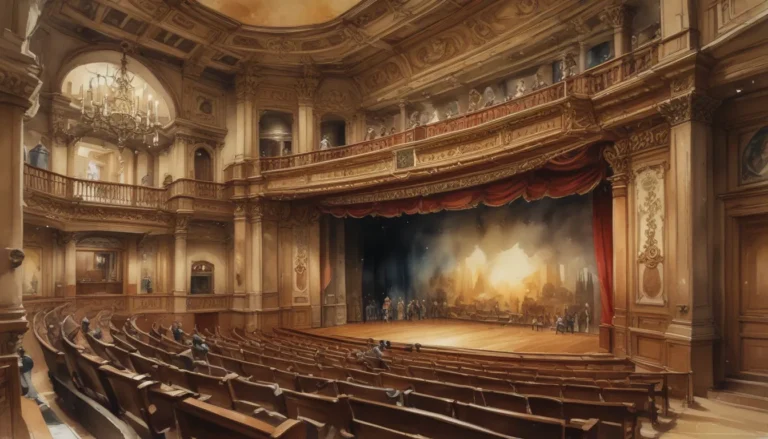The images in our articles are for illustrative purposes only and may not exactly match the content. They are intended to capture your interest and complement the text, not to replace it.
The Knotted Gun sculptures, also known as the Non-Violence sculptures, created by Swedish artist Carl Fredrik Reuterswärd, have left an indelible mark on the world as powerful symbols of peace and non-violence. Inspired by the tragic death of John Lennon in 1980, these sculptures have become iconic representations of hope for a more peaceful future.
The Origins of the Knotted Gun Sculptures
Carl Fredrik Reuterswärd, a Swedish artist, conceived the first Knotted Gun sculpture as a tribute to John Lennon, following the musician’s untimely passing. The original Knotted Gun sculpture was installed outside the United Nations headquarters in New York City, where it stands as a poignant symbol of peace.
Global Impact of the Knotted Gun Sculptures
These thought-provoking sculptures can be found in various cities worldwide, such as Stockholm, Cape Town, Moscow, and Berlin, serving as reminders of the importance of non-violence and harmony. The Knotted Gun sculptures have been embraced by peace organizations and activists globally, advocating for peace and raising awareness about gun violence.
Symbolism and Significance of the Knotted Gun
The Knotted Gun sculptures challenge the glorification of weapons and speak out against aggression, emphasizing the devastating effects of armed conflicts. By transforming a symbol of destruction into a symbol of peace, these sculptures symbolize the hope for a more peaceful future, inspiring individuals to seek peaceful solutions to global issues.
Impact on Art and Activism
The Knotted Gun sculptures have inspired other artists and have been featured in films and documentaries exploring themes of peace, activism, and resistance against violence. Additionally, several countries have received Knotted Gun sculptures as gifts to promote peace and non-violence within their borders.
Evolution of the Knotted Gun Symbol
The Knotted Gun sculptures have been replicated in various sizes, with smaller replicas created to raise funds for charitable causes and peace initiatives. As a symbol of peace and activism, the Knotted Gun has been adopted as a logo by several peace organizations and has been used in political protests to convey messages of peace and unity.
Inspiring Hope and Reflection
In conclusion, the Knotted Gun sculptures stand as timeless symbols of peace, urging individuals to contemplate the impact of violence on society and strive for a more harmonious world. Let these sculptures remind us of the importance of promoting peace in a world often plagued by conflict, and inspire us to work together towards a more peaceful future.
Frequently Asked Questions
-
Who created the Knotted Gun sculptures?
The Knotted Gun sculptures were created by Swedish artist Carl Fredrik Reuterswärd as a tribute to John Lennon. -
What does the Knotted Gun symbolize?
The Knotted Gun symbolizes peace and non-violence, challenging the glorification of weapons and advocating for peaceful solutions to conflicts. -
Where can I find the Knotted Gun sculptures?
The Knotted Gun sculptures can be found in various locations worldwide, including the United Nations headquarters in New York City and public spaces in Stockholm and other cities. -
How many Knotted Gun sculptures exist?
There are several versions of the Knotted Gun sculpture displayed globally, with full-size replicas and smaller collectible versions available. -
What is the significance of the Knotted Gun sculptures?
The Knotted Gun sculptures serve as powerful reminders of the importance of peace, inspiring individuals to work towards a more peaceful and harmonious world.
In a world where peace is often overshadowed by conflict, let the Knotted Gun sculptures serve as beacons of hope and unity, encouraging us all to strive for a future free from violence and aggression. Join the movement for peace and non-violence, inspired by the enduring message of these captivating artworks.
